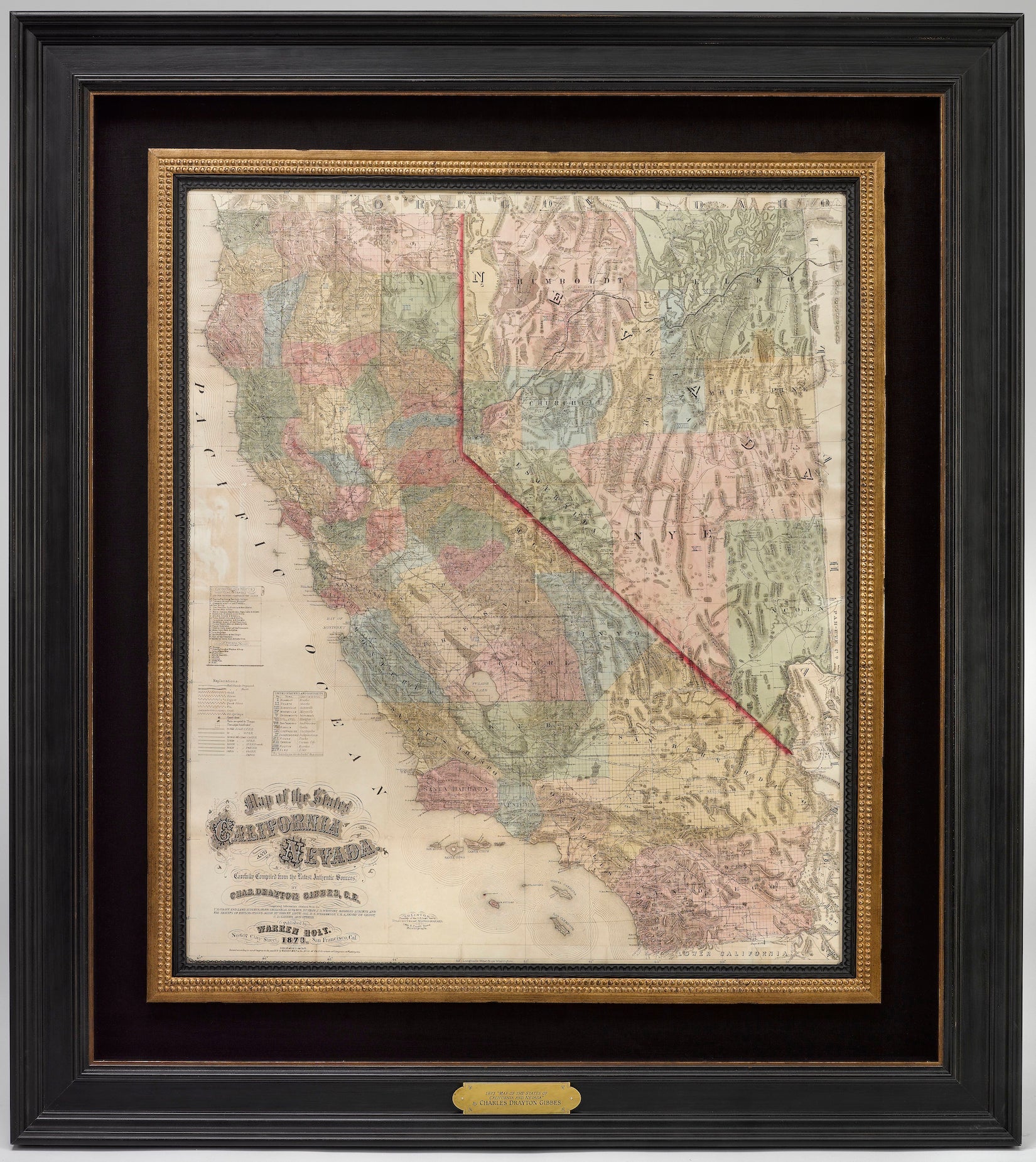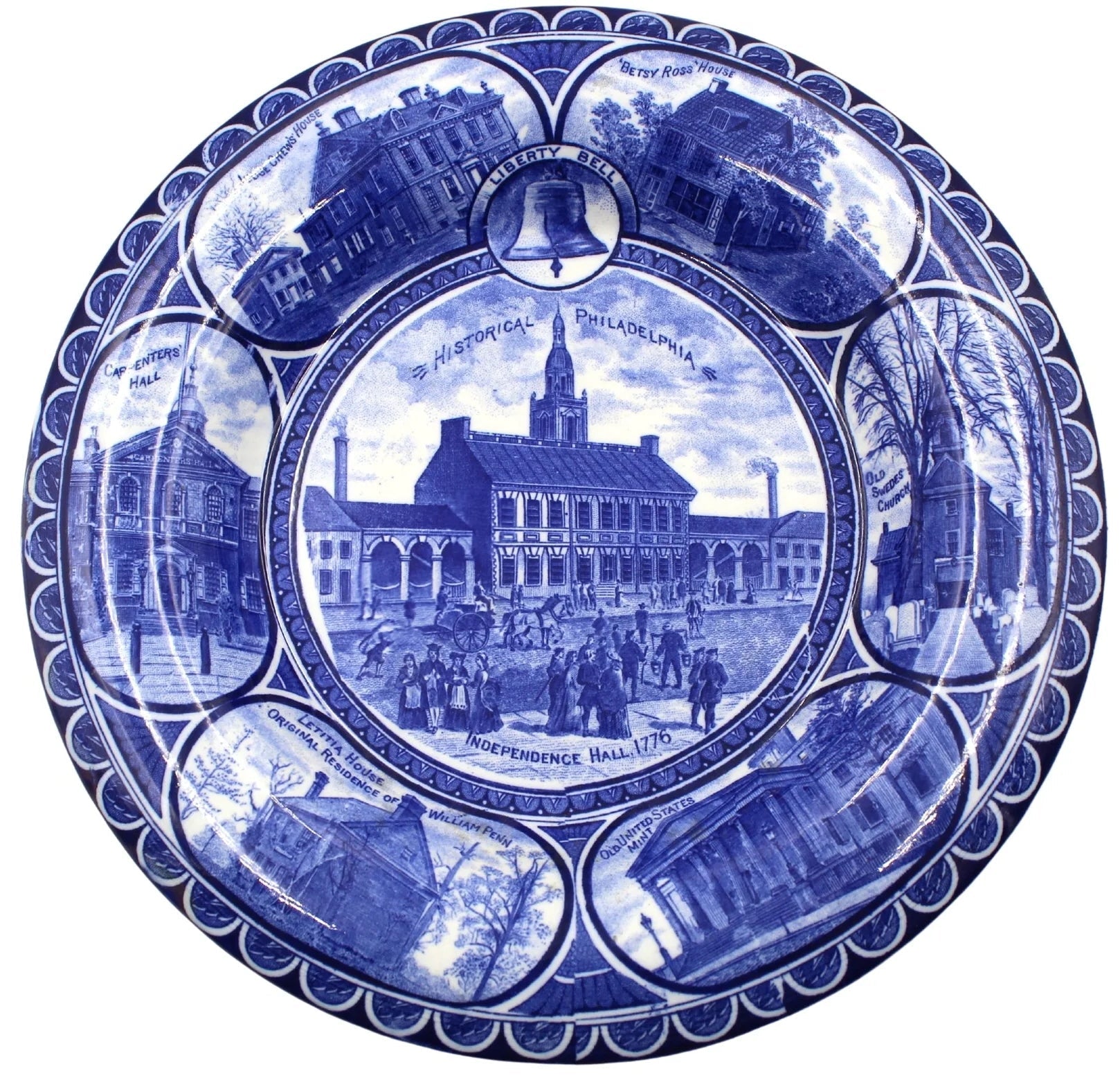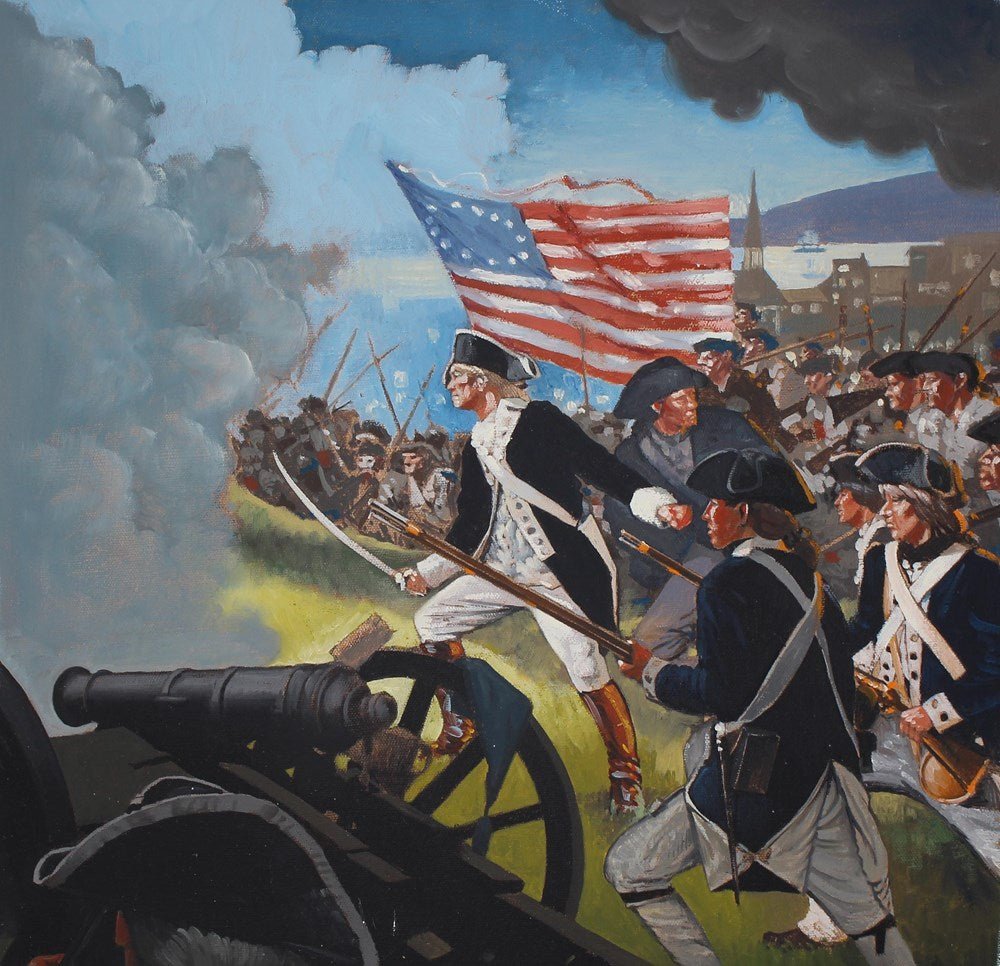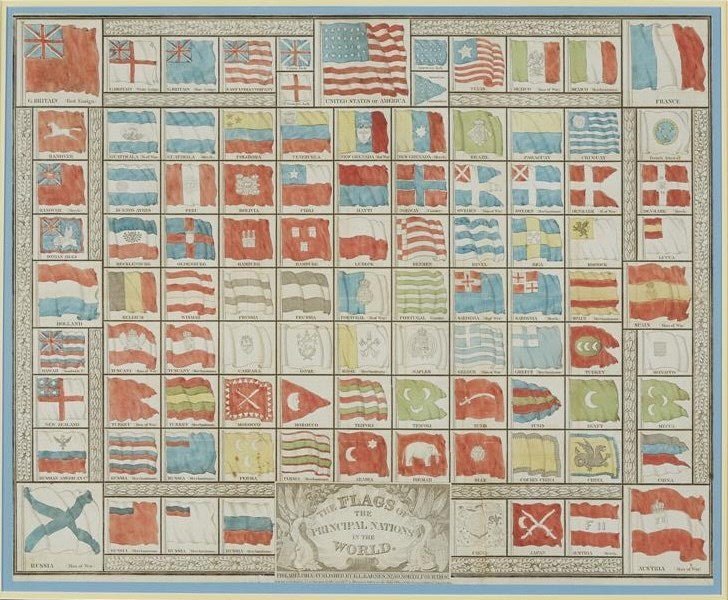Exploring 19th Century Paris Maps
We currently have two 19th century maps of Paris in our inventory. These maps show a snapshot of the city in the middle of two revolutions: the July Revolution and the 1848 Revolution. Both are incredibly detailed and offer a view of the city among growing changes.
This hand-colored road map of Paris was published in 1841, organized and detailed for travelers. It shows rivers, towns, parks, and numbered roadways along with depictions of famous tourist attractions including Notre Dame, The Palace of Versailles, and the Hermitage of Jean-Jacques Rousseau.
Published during the July Monarchy, the map shows the Wall of the Ferme Générale bordering the center of Paris, which was later replaced by the planned Thiers Wall shown in red. The Ferme Générale wall was not defensive, but meant to enforce import tax on goods entering the city. In the same year this map was published, construction began for the Thiers Wall that served as the last defensive wall around Paris. When the wall was proposed to the French Parliament, many saw it as a way to protect the monarchy in the event of another revolution rather than a way to protect the French people. Only seven years after this pocket map included the plans for the wall, the 1848 Revolution overthrew the monarchy despite the fortification. After WWI, the Thiers wall was rendered useless in the face of modern warfare technology and was dismantled between 1919 and 1929.
This map by Alexandre Vuillemin, published a few years later in 1845, shows a similar view of the city, still predating the 1848 Revolution. It is incredibly detailed, with labeled pictorial vignettes. Vuillemin was a leading 19th century French cartographer and editor who studied under cartographer Auguste Dufour. Vuillemin produced over ten different atlases during his career; many of which were so popular they went through multiple editions.







